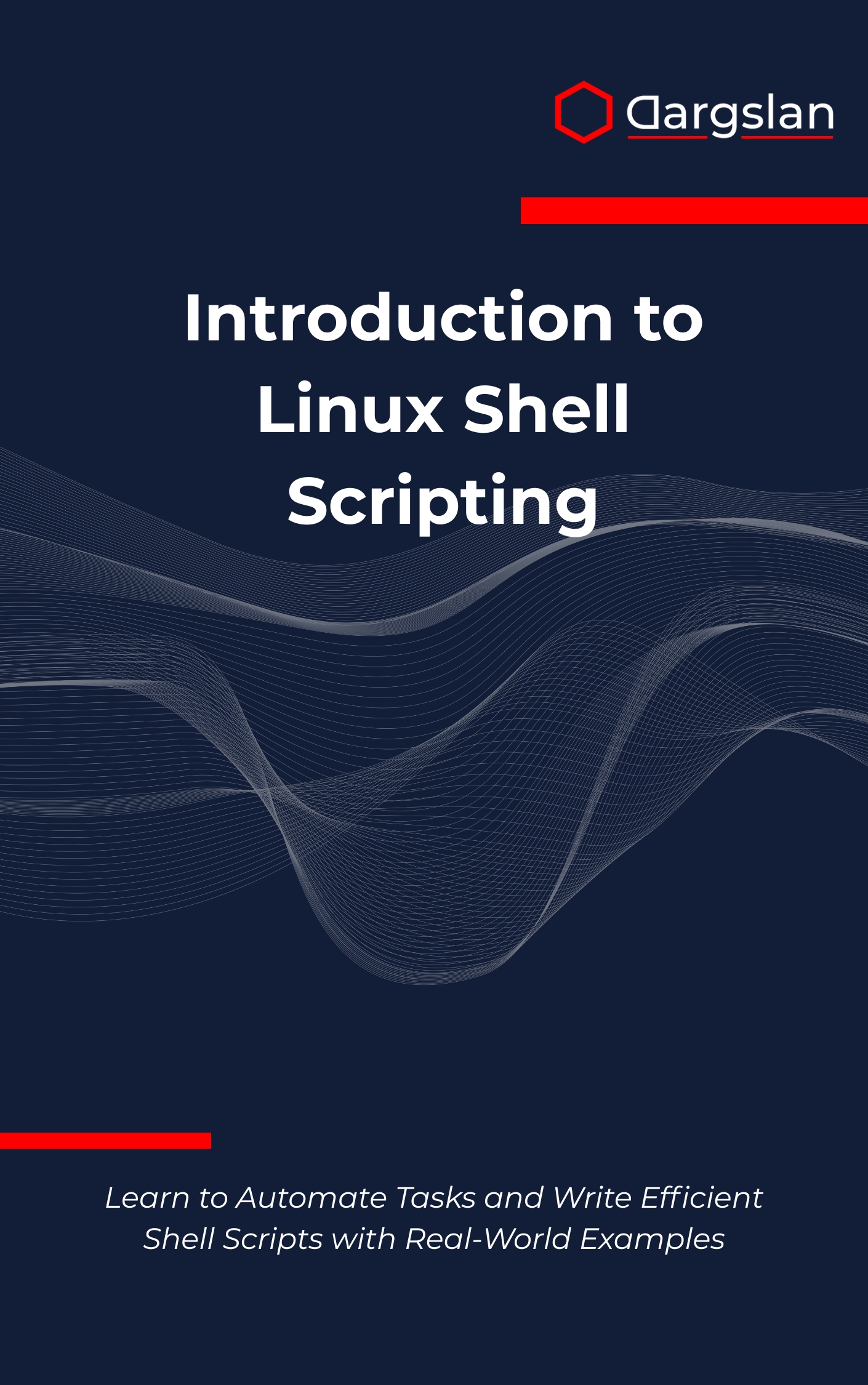Introduction to Linux Shell Scripting
Introduction to Linux Shell Scripting,Automate Linux administration using shell scripts for speed and consistency.

If you’ve ever stared at a repetitive command-line task and thought, “There has to be a better way,” this book is your answer. Turn everyday Linux work into reliable automation, sharpen your problem-solving mindset, and build scripts you can trust in production.
Written by seasoned professionals, this guide takes you from zero to confident practitioner. You’ll discover how to think like an automation engineer, write maintainable code, and deploy scripts that make systems—and teammates—run smoother.
Whether you manage servers, ship software, or are breaking into DevOps, you’ll find clear explanations, practical examples, and confidence-building exercises that translate directly into real-world wins.
Learn to Automate Tasks and Write Efficient Shell Scripts with Real-World Examples
Overview
Introduction to Linux Shell Scripting is a practical, production-focused resource that shows you how to design, write, and maintain robust automation. You’ll move from Linux command line mastery and shell script fundamentals to variable manipulation and arrays, control structures and loops, function creation and usage, text processing and parsing, file and directory operations, input/output handling, error handling and debugging, task automation techniques, clean coding practices, and real-world project development. It’s more than a syntax tour—this Scripts & Scripting guide is an IT book, a programming guide, and a technical book crafted to help you build solutions that work under pressure.
Who This Book Is For
- System administrators and SREs who need repeatable, auditable processes. Save hours by converting routine server maintenance, backups, and log rotation into reliable scripts that run on schedule without babysitting.
- Developers and DevOps engineers who want to integrate the shell into CI/CD pipelines. Learn how to orchestrate build steps, validate environments, and glue tools together with fast, dependable command-line automation.
- IT learners, students, and career-switchers ready to level up. Build a portfolio of real, production-style scripts and gain the confidence to discuss tooling, patterns, and trade-offs in interviews and on the job.
Key Lessons and Takeaways
- Master the CLI and core scripting patterns to automate common admin and development workflows. You’ll learn how to read man pages effectively, chain commands, and transform one-off commands into reusable scripts.
- Structure scripts for maintainability with variables, arrays, functions, and modules. Discover naming conventions, input validation, and defensive coding so your automation is clean, testable, and easy to extend.
- Tame data with powerful text tools like grep, sed, awk, and jq. Parse logs, filter configuration files, and produce machine-readable outputs that integrate cleanly with other services and pipelines.
- Implement robust control flow using conditionals, loops, and case statements. Handle edge cases gracefully, avoid silent failures, and ensure predictable behavior across different environments and shells.
- Build a disciplined approach to error handling and debugging. Use set -euo pipefail, exit codes, traps, and logging to surface issues early and make troubleshooting quick and systematic.
- Design real-world automation projects end-to-end. From file and directory operations to input/output handling and environment detection, you’ll ship scripts that solve concrete problems and scale with your needs.
Why You’ll Love This Book
This guide emphasizes clarity, repeatable workflows, and hands-on learning—every concept is backed by practical examples you can run today. Step-by-step explanations distill years of experience into approachable techniques, so you develop professional habits, not just one-off scripts. You’ll learn how to write code that’s portable, readable, secure, and battle-tested in real environments.
How to Get the Most Out of It
- Follow the progression from fundamentals to advanced automation. Start with core Linux command line skills, then layer on shell script structure, functions, and data handling before diving into production-style projects.
- Practice on tasks you already perform at work or study. Convert checklists into scripts, add flags for configurability, and include helpful usage messages so others can run your tools without guesswork.
- Tackle mini-projects that mirror real-world needs: a log parser that alerts on anomalies, a backup and rotation utility with verification, an environment bootstrapper for new servers, or a release helper for CI/CD. Add error handling, verbose logging, and tests to build confidence.
Get Your Copy
Ready to turn the command line into your competitive advantage? Start building reliable automation with a proven, step-by-step approach that delivers value from the very first chapter.




